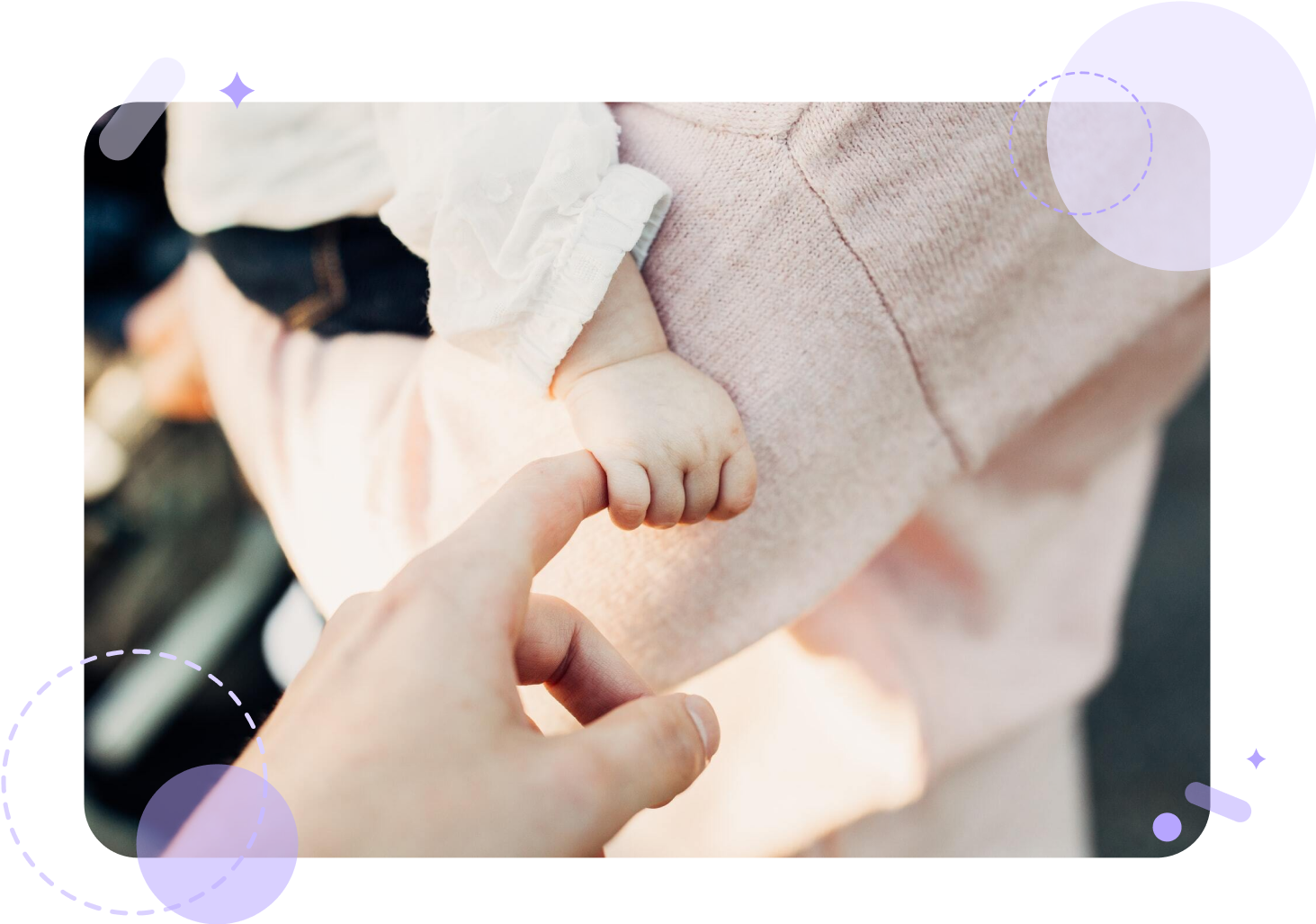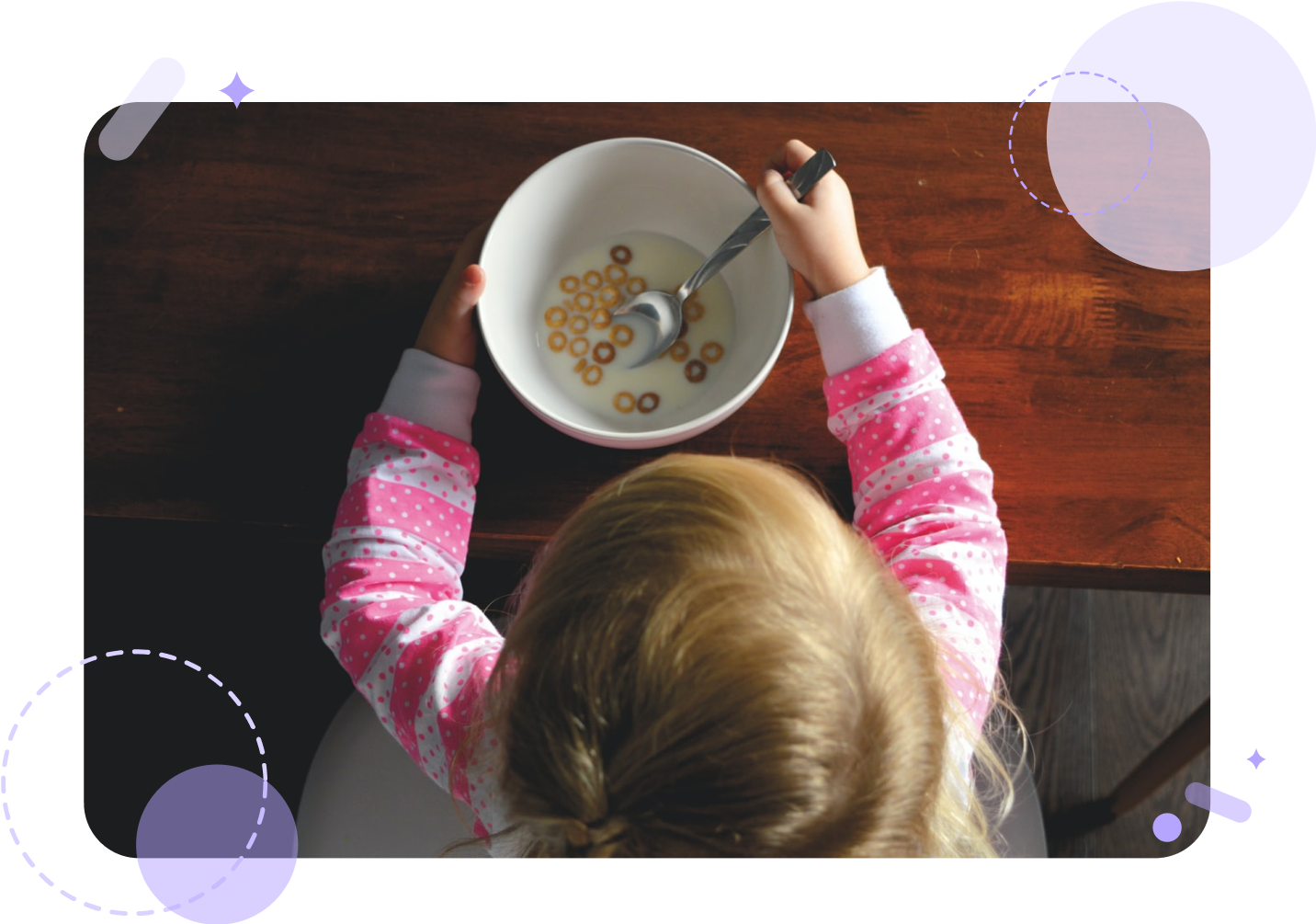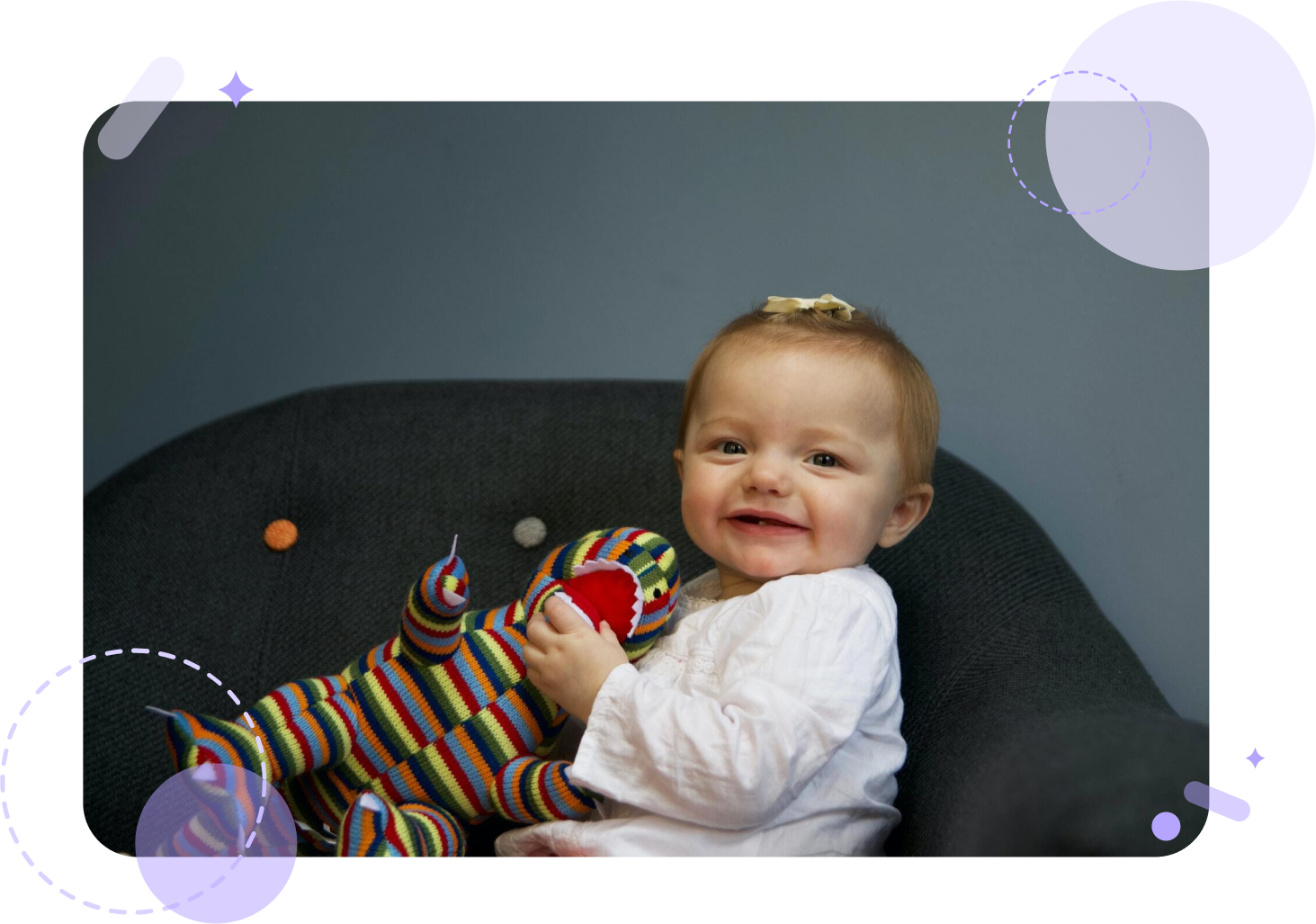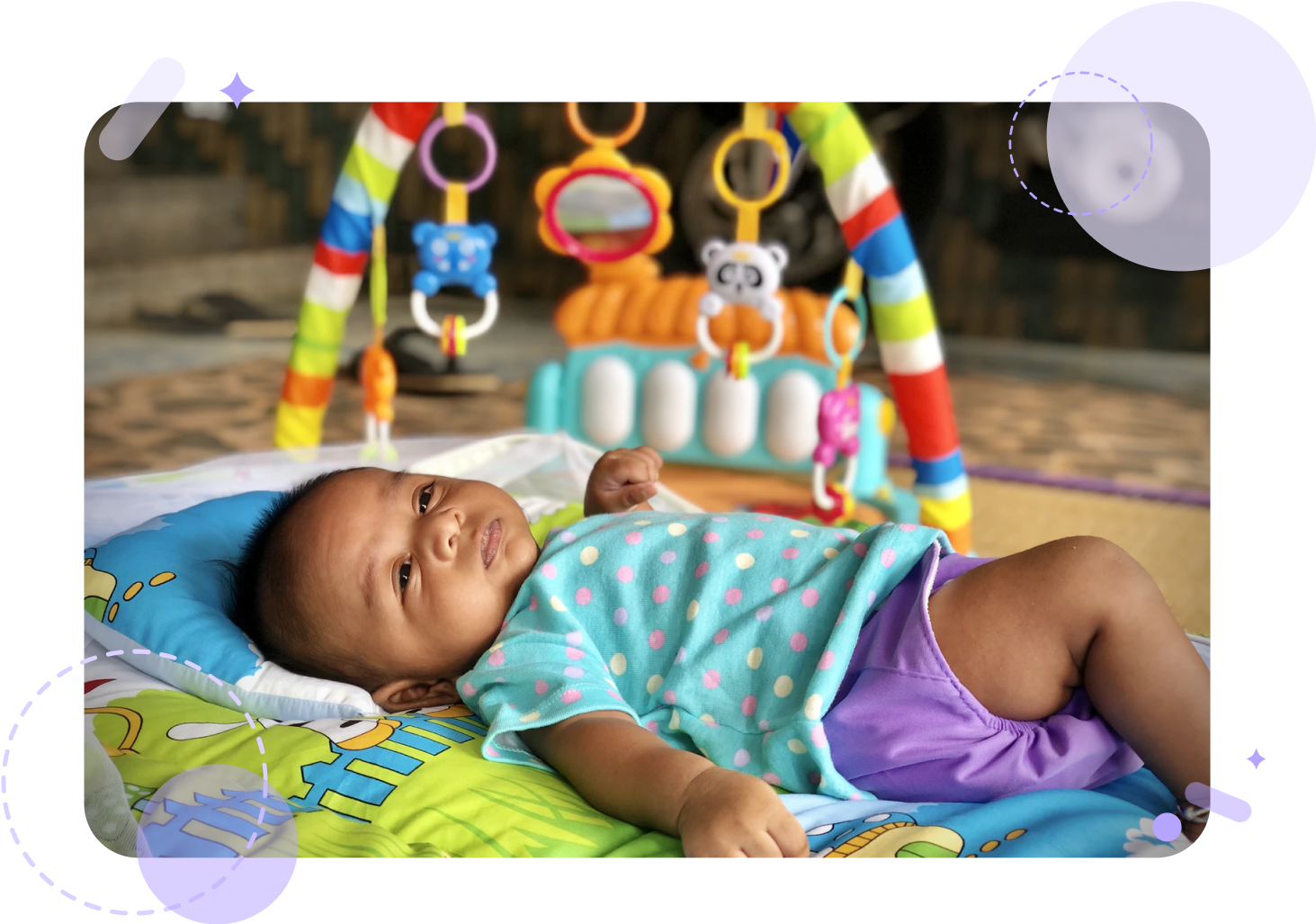
Watching your baby develop fine motor skills might not be as exciting as watching them take their first steps or hearing their jumbled-up first words, but these skills help your baby explore their new world.
Between the ages of 3 and 6 months old, your baby can bring their hands together and apart, transfer objects between each hand, and rake their tiny fingers. Moving forward, you will have so much to look forward to between the ages of 6 to 9 months as your baby begins to build upon and refine the movements they developed during 3 to 6 months of age.
Let’s have a look at which fine motor skills your baby develops between 6 to 9 months.
The Grasping Saga
Babies develop the Glove grasp and the Pincer grasp during this time, once they can separate their fingers. Your baby will develop the Glove grasp around the seventh or eighth month, and then progress to the Pincer grasp in the following two months.
The Glove grasp is when your baby can hold onto an object more securely by wrapping their hand around the item with their fingers on one side and thumbs on the other.
The Pincer grasp enables your baby to use their index finger and the thumb to pick up small objects. The Pincer grasp requires your baby to move their fingers independently from their palm. Your baby accomplishes these feats thanks to strengthening hand muscles and increased dexterity in the fingers during motor development.
All About the Fingers
Once your baby discovers their hands, their fingers become the center of their fascination. They can also open and close their fingers, a newfound ability that promotes new actions, like intertwining their fingers. Growing dexterity in their fingers, along with better hand-eye coordination enables your baby to:
- Self-feed by picking up food using their index finger and thumb and bringing it closer to their mouth.
- Squeeze or poke objects using the tip of their index finger and thumb.
- Vertically remove an item that is loosely attached to playdough, helping strengthen their little finger and hand muscles.
- Hold a bottle, even if only briefly.
Clapping
A clapping baby is a happy baby. Between 6 and 9 months, your baby is at a stage where they have established familiarity with their environment and the people within it. As a result, your baby learns to trust and engage with their loved ones.
To show their excitement, your baby will start clapping between 8 to 9 months old. Clapping is considered a major milestone in fine motor skills development as it requires a great deal of hand-eye and muscle coordination. The clapping skill is also an indicator of your baby’s ability to communicate with others effectively.
Dropping Objects at Will
Around this time, babies start to develop an understanding of the relationship between cause and effect. Having developed the ability to use their fingers, thumbs, and easily open and close their palms, babies tend to release objects willingly to understand what will happen in response.
As a parent, everything your baby does is important, but it can be a big ask for parents to keep track of each significant development. Marble enables parents to efficiently keep track of all their baby’s developmental milestones, along with carefully curated evidence-based content to help you parent with confidence.
- National Center for Biotechnology Information: The Development of Motor Behavior
- National Center for Biotechnology Information: The Development of Oral Feeding Skills in Infants
- National Center for Biotechnology Information: Not Just Playing Around – Infants’ Object Behaviors Reflect Ability, Constraints, and Object Properties
- ScienceDirect: Parieto-Frontal Networks for Hand-Eye Coordinations and Movements
 Back
Back

